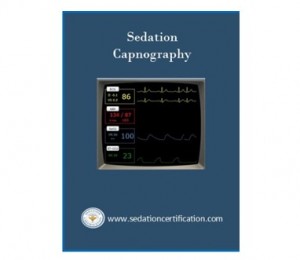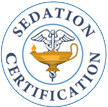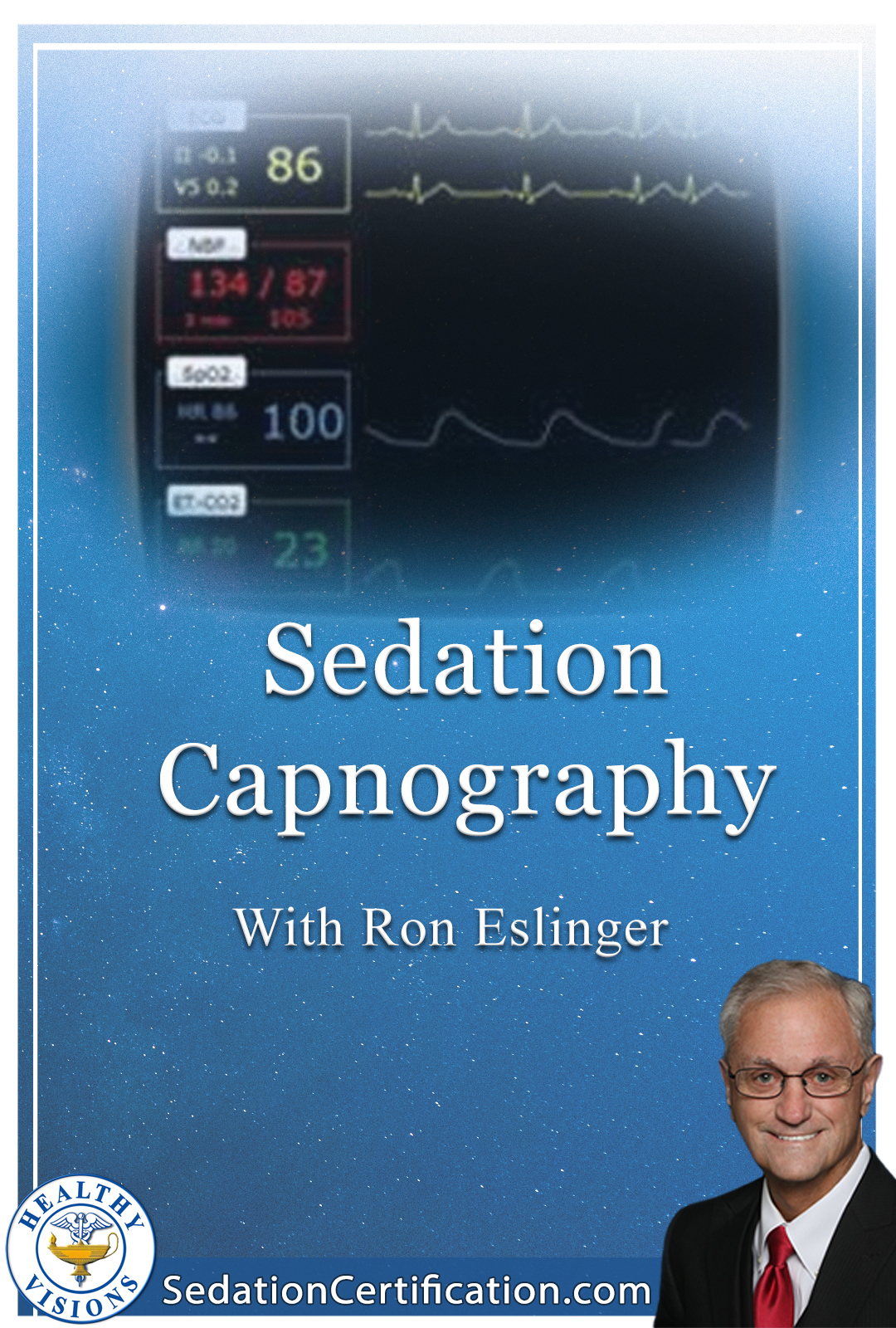Product Description
Basic Sedation Capnography Skills – On-Demand Training with Ron Eslinger, CRNA

Table of Contents
Video Overview
Basic Sedation Capnography Skills is an essential training resource created by Captain Ron Eslinger, CRNA, MA, APN to empower nurses and providers in the safe use of capnography during procedural and moderate sedation. This concise but thorough training will sharpen your understanding of CO₂ monitoring, waveform interpretation, and how capnography differs from pulse oximetry.
What You’ll Learn
- Define the components of CO₂ monitoring
- Discuss the pros and cons of using capnography in sedation
- Review the full respiratory cycle and waveform phases
- Compare capnography vs pulse oximetry
- Identify critical parts of the CO₂ waveform
Understanding Capnography
Capnography is the continuous measurement of carbon dioxide in exhaled air and is an integral part of safe sedation practice. It reflects both the adequacy of ventilation and real-time respiratory patterns. During procedural sedation, capnography helps detect early signs of respiratory compromise before pulse oximetry changes become visible.
Used correctly, capnography:
- Monitors breath-by-breath ventilation
- Provides early warning for apnea or hypoventilation
- Can be life-saving in high-risk or prolonged procedures
Capnography vs Pulse Oximetry
- Capnography: Reflects ventilation (air movement) — responds to breathing changes in seconds
- Pulse Oximetry: Reflects oxygenation — can lag behind, especially with supplemental oxygen
Capnography gives you a direct line to the patient’s respiratory status. Oximetry alone may leave you in the dark.
The Physiology Behind CO₂ Monitoring
Understanding basic CO₂ physiology is vital to interpreting waveform capnography:
- Carbon dioxide is produced by metabolism in the tissues
- It enters the venous system, travels to the lungs via the heart
- In the lungs, oxygen is absorbed and CO₂ is exhaled
- Changes in cardiac output, ventilation, or airway resistance all affect the waveform
Improving Patient Safety with Capnography
Ron’s training highlights how waveform capnography can detect:
- Respiratory depression before desaturation
- Hypoventilation even with supplemental oxygen
- Breathing irregularities that may otherwise go unnoticed
Capnography allows the sedation nurse to intervene before a crisis develops — making it an essential tool in reducing hypoxemia and improving outcomes in procedural sedation.
🎥 On-Demand Video Rental Details
- Title: Basic Sedation Capnography Skills
- Presenter: Ron Eslinger, CRNA, MA, APN
- Format: Streaming HD Video
- Length: Approx. 30 minutes
- Rental Access: 7-day access after purchase
- Audience: Nurses, CRNAs, respiratory techs, sedation providers
Watch this video to build confidence, enhance safety, and add this vital tool to your sedation skillset.
Explore More Tools
“If you can’t see their breathing, you’re already behind.”
Watch now. Interpret with confidence. Protect every breath.

